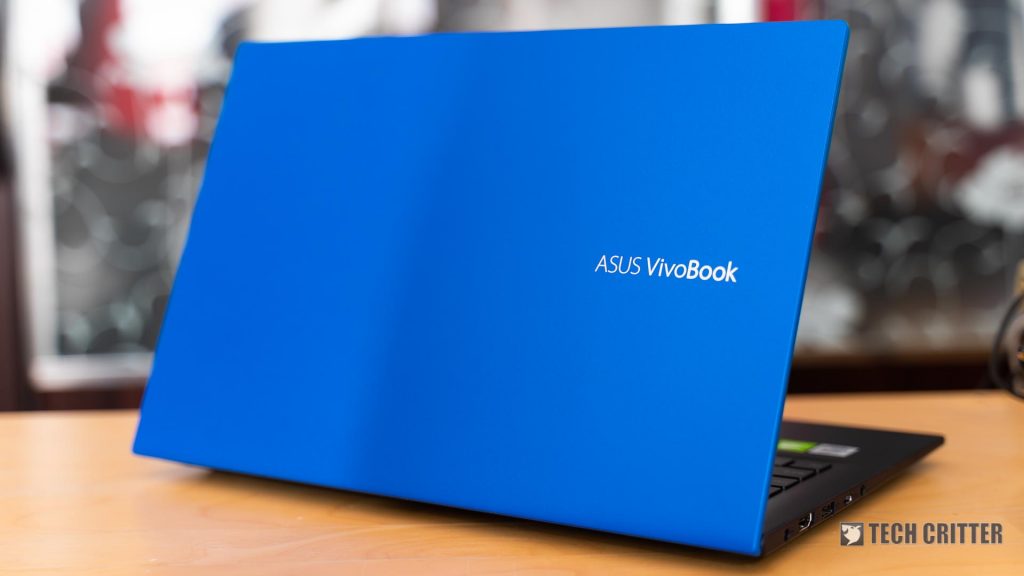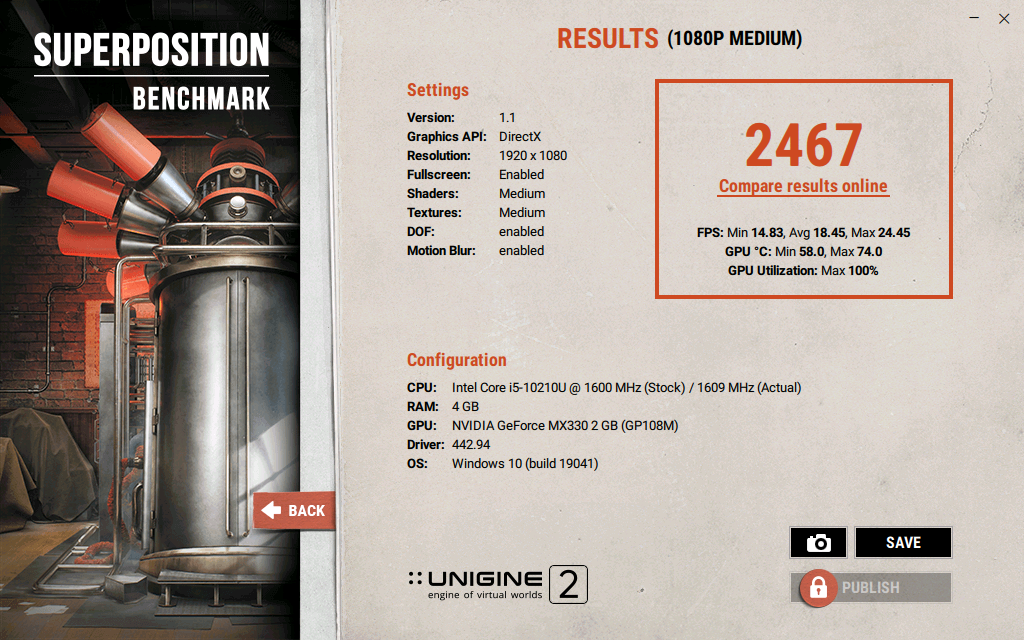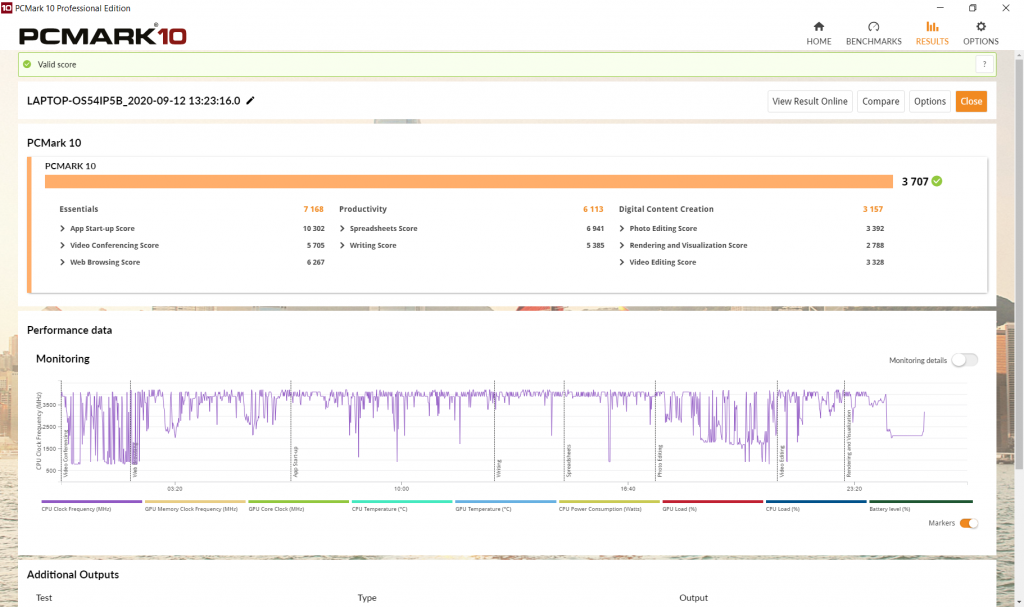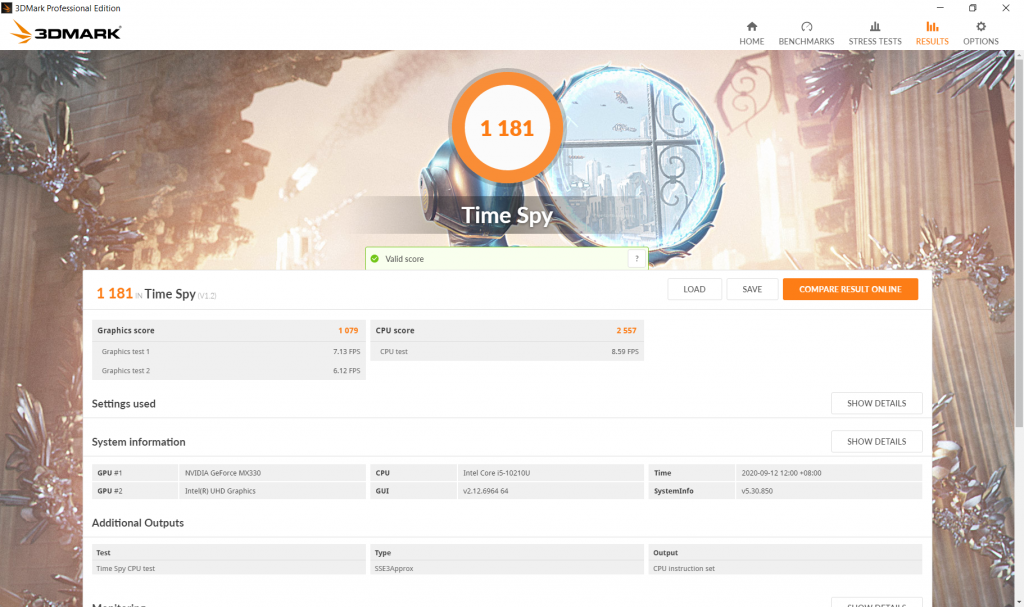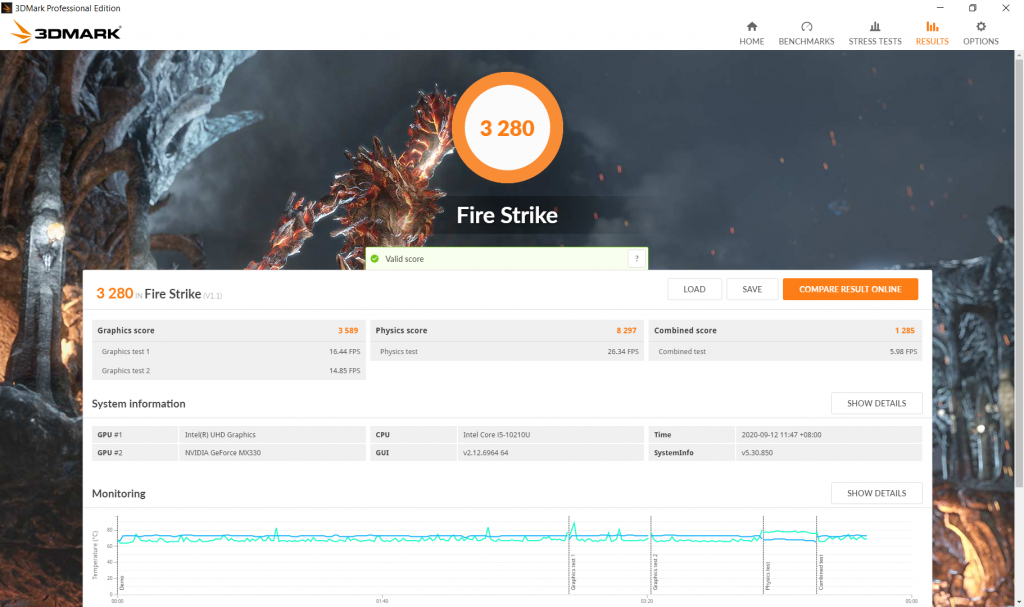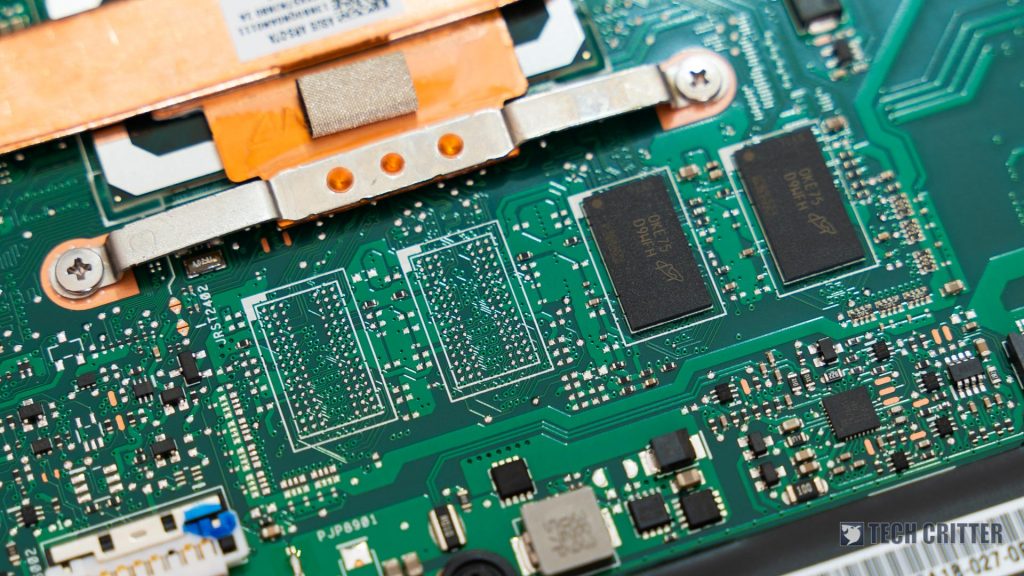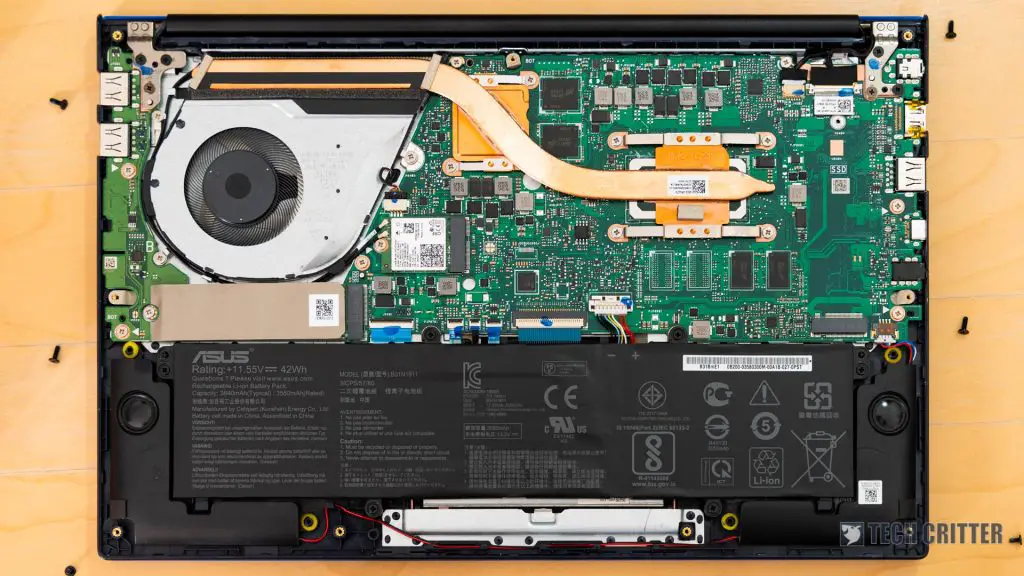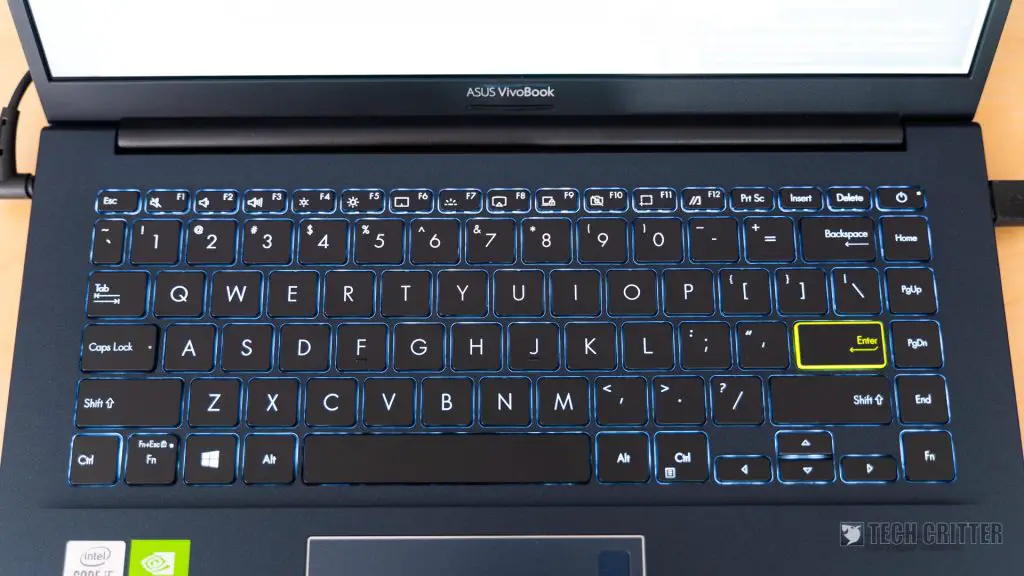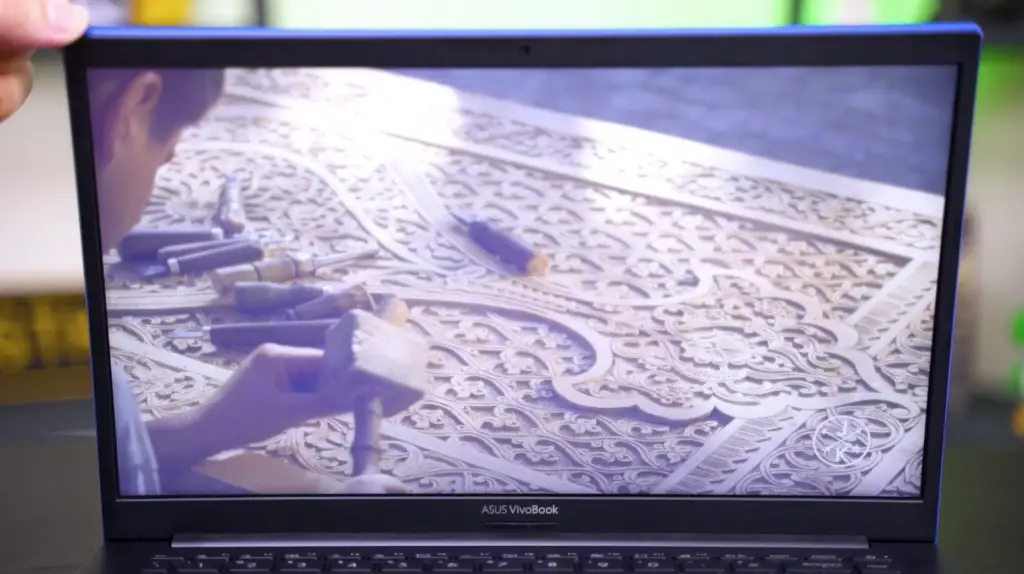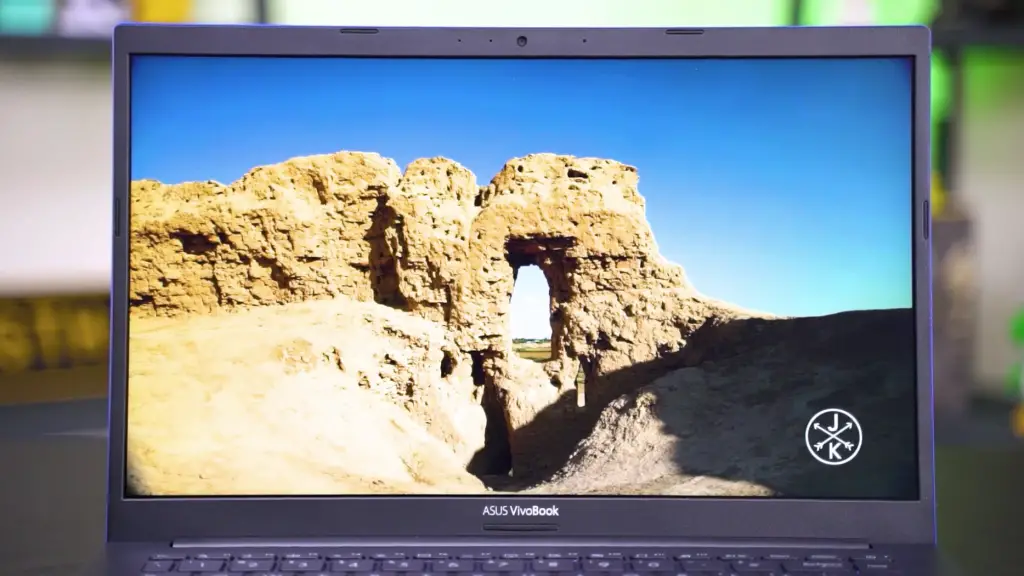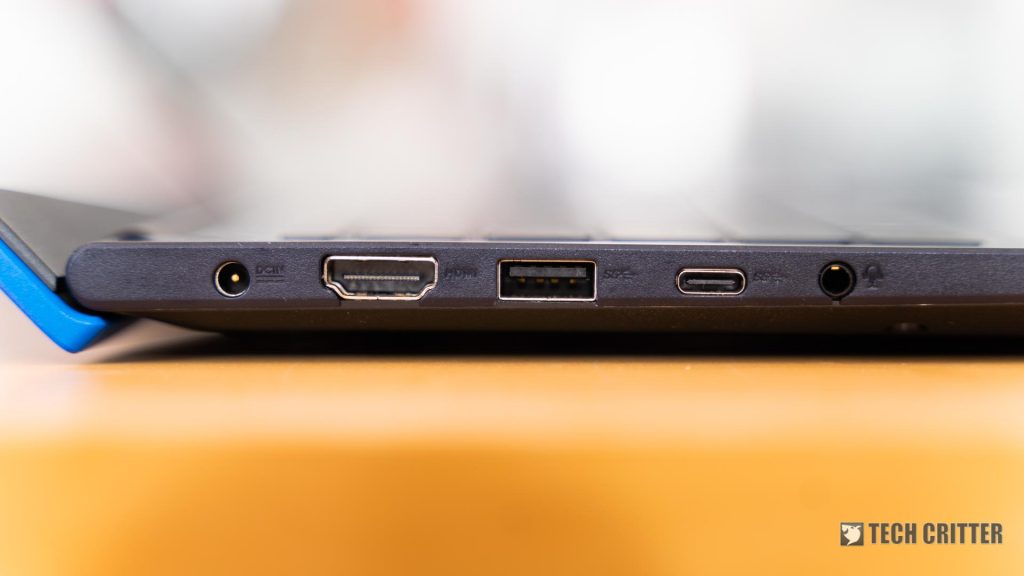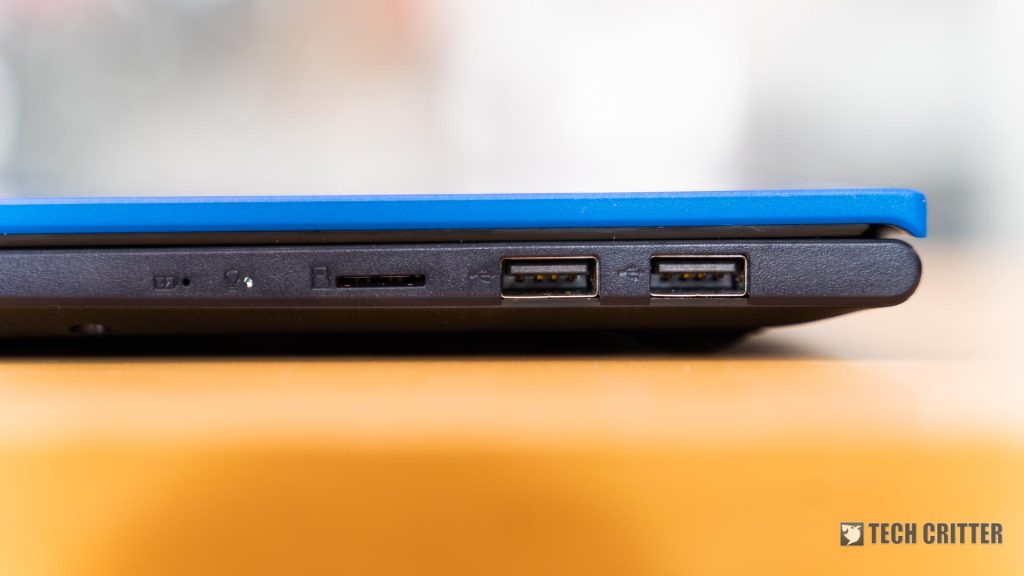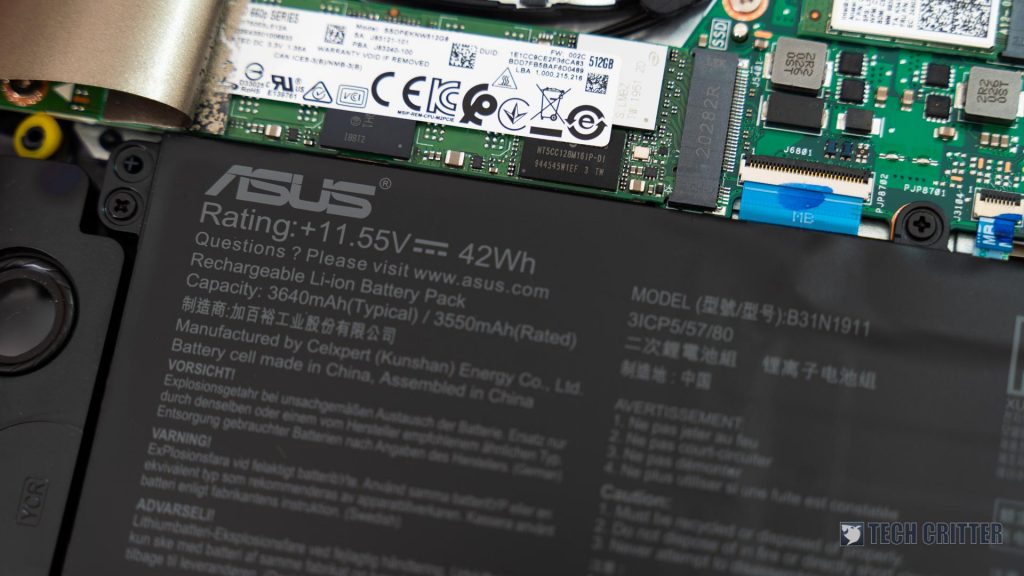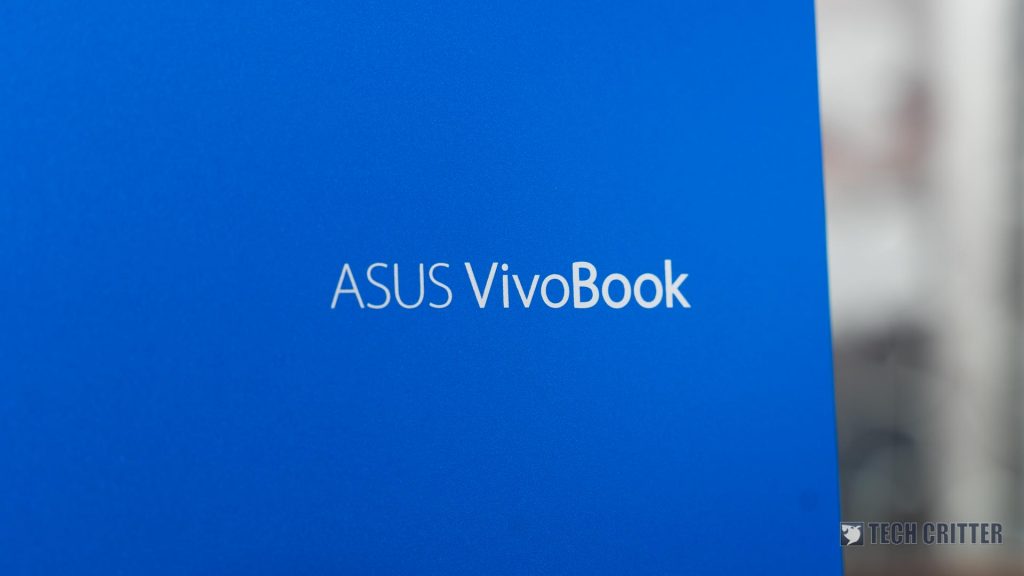The VivoBook series has always been ASUS’s most popular laptop lineup due to its competitive pricing and good user experience. Today, ASUS has launched the brand new VivoBook 14 A413 updating its ageing VivoBook 14 A412FA with Intel 10th Gen Comet Lake processor and NVIDIA GeForce MX330 graphics.
Spoiler alert, we are not particularly happy with ASUS’s refresh decision on this laptop. Read on to find out why.
Video Review
Newly refreshed hardware but…
The primary changes ASUS has done on the new VivoBook 14 is the hardware refresh by updating the A412FA’s 8th gen Intel CPU and GeForce MX250 GPU to 10th Gen Intel CPU and GeForce MX330 GPU. Don’t expect the 11th Gen Tiger Lake CPU to be available any time soon on these wallet-friendly laptops as it is still relatively new. It usually takes a while for the new CPU to trickle down from the premium range of laptops.
The CPU and GPU update is the much-welcomed refresh. The CPU and GPU combination is good enough for your everyday usage including web browsing, multimedia consumption, office work as well as light gaming. Out video editor even pointed out how this laptop can handle 1080p video editing in Adobe Premiere Pro, thanks to the NVIDIA GeForce MX330’s 2GB VRAM.
There is, however, a huge red light – the 4GB onboard memory is soldered and non-upgradable. Honestly, I have absolutely no idea why are we still getting 4GB RAM as standard on a mainstream laptop in 2020 Q4, let alone without the option to upgrade. ASUS Malaysia is not even offering an 8GB option for customers which makes this laptop a questionable purchase in terms of long term usability.
Internal storage, on the other hand, is remarkable. ASUS now offers two M.2 slots for high-speed SSD storage. The first slot is pre-occupied with a 512GB NVMe SSD. In other words, users can straightaway purchase another SSD and expand the storage capacity without the need to migrate their OS. If ASUS can provide such expansion for the storage, why they can’t do it for the RAM in the first place?
Cheerful Design
Even though the VivoBook 14’s chassis is made out of plastic, nonetheless, the overall construction is very solid. While its predecessor has four colour options including the Red and Blue variants, this time, however, we’re only be getting 3 colours – Blue, Black and White. The Red colour was extremely popular back then and it just doesn’t make sense why ASUS did not capitalise on it.
The keyboard is taking on the latest ASUS’s design where the Enter key has this unique mountain dew colour highlight on it. This is one of the very best keyboards for laptops of this price range. It has a satisfying typing experience thanks to the robust key feedback. Even the touchpad is decent to be used without having the need for a mouse.
TN Display, why?
As for the display, imagine the horror when we first boot up the laptop and found out how terrible it is. This 14-inch 1080p Full HD display uses the TN panel technology and that goes without saying, viewing angle is downright horrible. Not that I want to be mean but let’s face it. If a budget phone is capable of providing a better viewing experience with its basic quality IPS LCD, would the customer be happy when they use a laptop that provides a rather bad viewing experience?
I don’t think the higher cost is a valid reason because last year’s ASUS VivoBook K403 and VivoBook Ultra A512 have already got IPS LCD on it and they’re priced about the same as this A413.
IO
Going around the laptop, the IO selection is pretty solid but I would hope ASUS at least ditch USB 2.0 for the year 2020 laptop.
Left
- Charging Port
- HDMI
- USB 3.2 Gen1 Type-A
- USB 3.2 Gen 1 Type-C
- 3.5mm audio combo jack
Right
- microSD card reader
- 2x USB 2.0 Type-A
Battery Life
A single full charge of the 42Wh battery is capable of providing about 6 hours of usage on WiFi with general web browsing, 1080p video playback and document processing.
Final Words
The ASUS VivoBook A413 brings a solid performance upgrade to its predecessor by upgrading the CPU and GPU. The implementation of dual M.2 slots is a welcomed feature that makes the consumer’s and retailer’s life easier when upgrading the storage. While we could live with the 2x USB 2.0 ports, 1x USB 3.0 port and 1x USB 3.0 Type C port, however, not the same could be said about the horrendous TN display panel and 4GB of soldered RAM.
At the official retail price of RM2,899, the competition is extremely fierce such as Acer Aspire 5, HP 14s, Huawei MateBook D 14 and more. I really wanted to point out the fact that ASUS has also included a genuine copy of Microsoft Office Home and Student 2019 with the VivoBook 14 A413 but other competitors are offering the same as well. As someone who had previously purchased numerous ASUS VivoBook laptops for my family and friends, I sincerely hope ASUS would take my genuine feedback and improve upon this product.
Pros:
- Cheerful design
- Good build quality
- Compact & lightweight (1.4kg)
- NVIDIA GeForce MX330 provides great graphical performance
- Decent keyboard and trackpad
- Microsoft Office Home and Student 2019 included
Cons:
- 4GB soldered RAM
- TN panel
- 2x USB 2.0 ports

